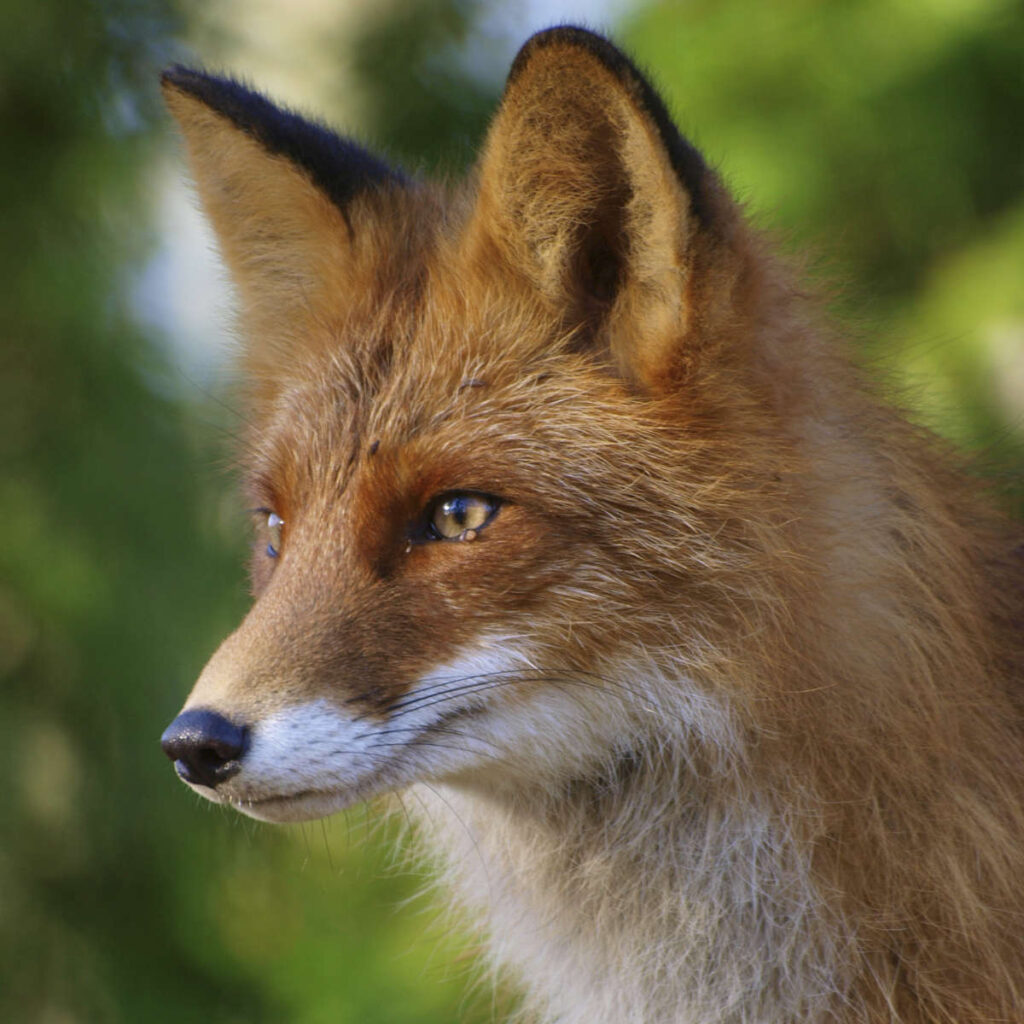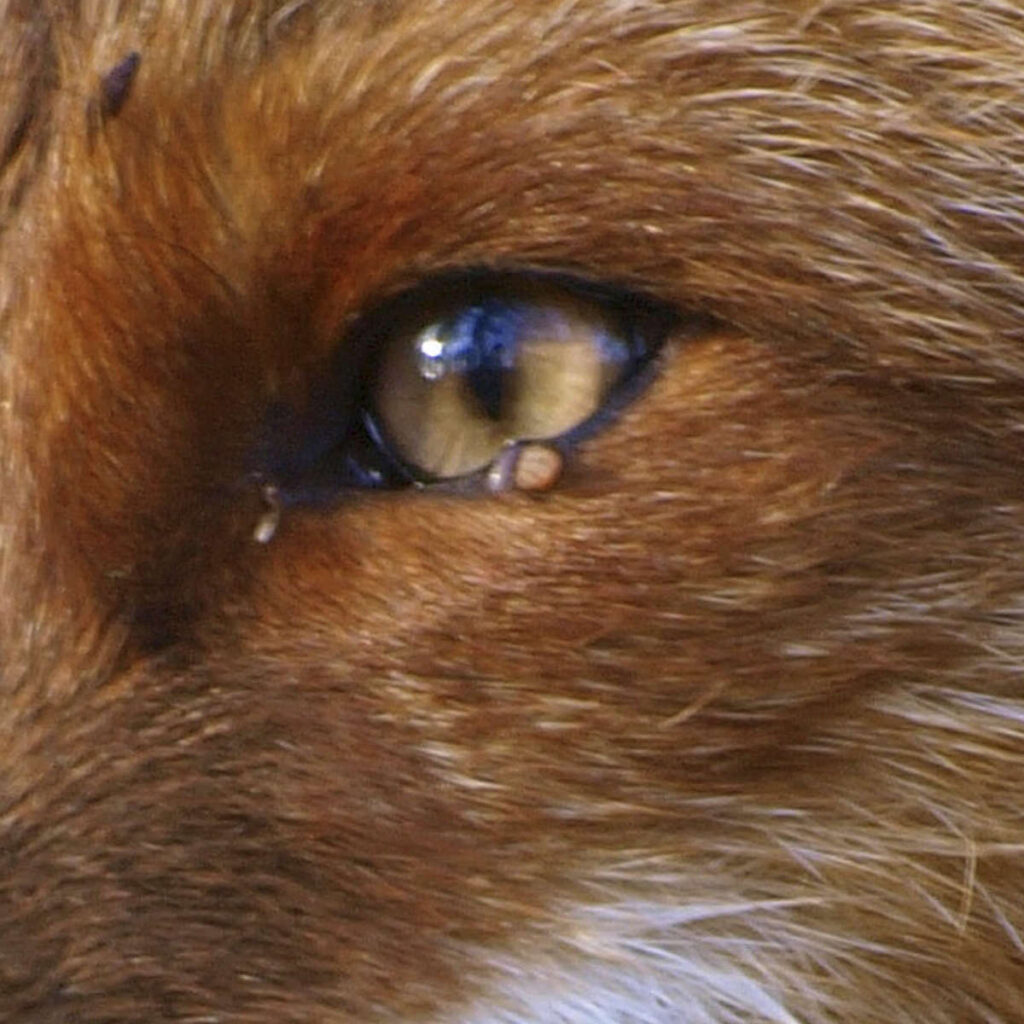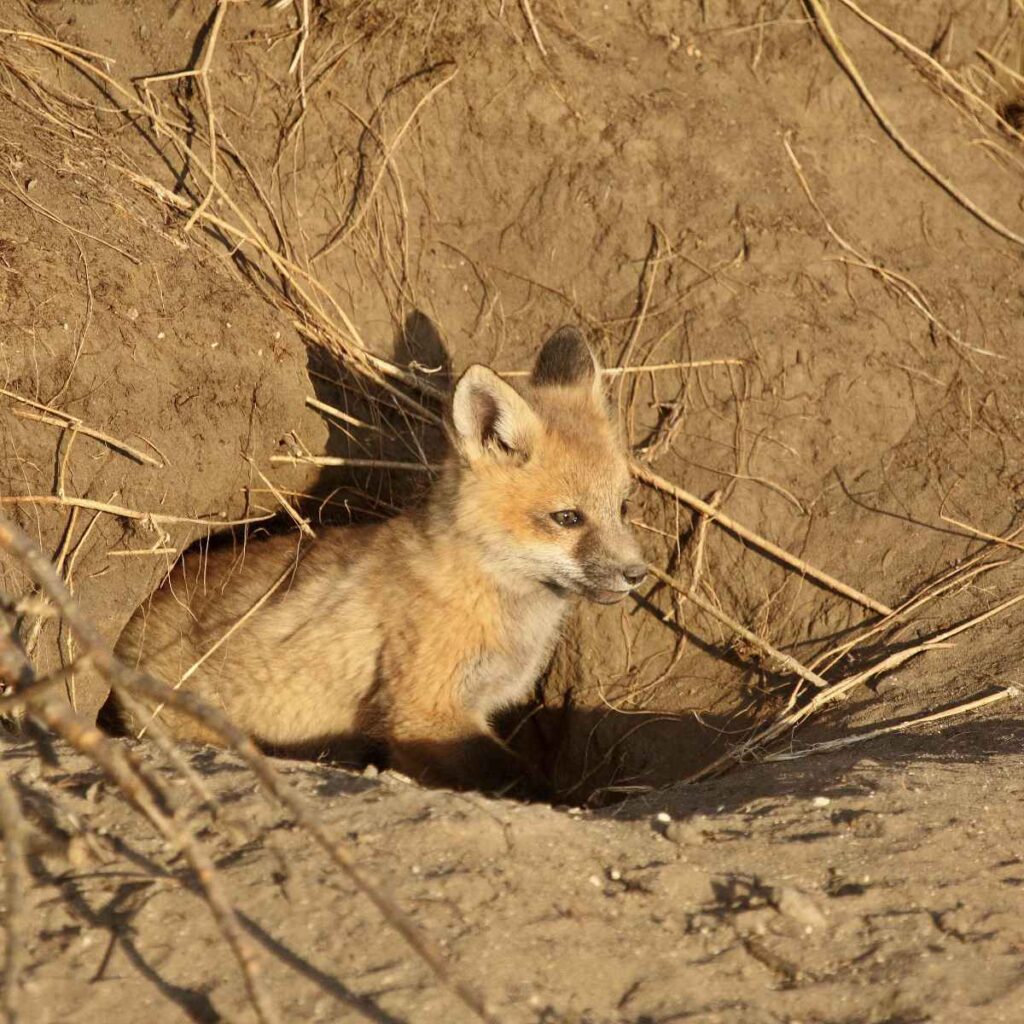Last Reviewed and Updated on June 15, 2022
Foxes have many unique traits so it’s no wonder they play a big part in folklore, mythology, and even everyday language. Cunning as a fox? It makes perfect sense. There are so many interesting facts about foxes to share with you and some of them may even shock you.
They are closely related to dogs but share quite a few traits with cats. There are just so many reasons to love them.

1. Foxes are related to dogs
Kicking off this list of facts about foxes is the fact that they are canines. Foxes are closely related to dogs and wolves. Both are members of the Canidae family.
2. Gray foxes can retract their claws
The Canid family isn’t known for being able to retract their claws; this trait is common in felines. One fox species, the gray fox, however, has semi-retractable claws, making it a unique member of the fox family.
3. Foxes are omnivores
Their diet is primarily small vertebrates (reptiles, birds, mice…) and invertebrates (insects). They will also eat eggs and plants.
4. They live on every continent except Antarctica
Foxes are extremely adaptable and you will find one species or another on all continents except Antarctica.
5. They have an interesting vocabulary
Foxes make a lot of different sounds. Young fox pups whine to get their mother’s attention. As they grow a little bit older, and we are talking days here, the whines get replaced by yelps. Fast forward to a month, they will start making explosive calls (a high-pitched howl) that are meant to threaten intruders or other fox cubs. As they grow, the explosive call is used as a combative call.
They also bark and growl.
6. Foxes appear in many culture’s folklore
In western and Persian folklore foxes are perceived as cunning. In Asian folklore, they usually appear as familiar spirits.
7. When hunting they pounce
They will crouch down to conceal themselves and then leap up and land on their unsuspecting prey much as cats do.
8. Foxes are known to store their food to eat it at a later time
If their bellies are full they won’t let their food go to waste or to another animal. They will bury the food so they can return to it later when they are hungry again.
9. Gray foxes can climb trees
We already mentioned they have semi-retractable claws and this is one of the adaptations that makes tree climbing possible for them (along with rotating wrists). This unique trait helps them escape predators, make dens up in the trees and get to food sources up in the trees.
10. Females which haven’t had cubs yet can act as nannies
This is known as alloparental behavior, it’s mostly done by females but males can act in this way too. The foxes will help out by grooming the cubs, providing food, and protecting them. Pretty cool when it comes to facts about foxes, right?
11. They have vertical pupils just like cats do
The vertically slit pupil gives them a better sense of depth both in daylight and at night which allows them to be better at hunting their prey (as shown by this study).

12. Foxes dig underground dens
They won’t necessarily dig them as they can take over dens from other animals. When they dig them, they will do so in wooded areas with dense vegetation. They don’t live in them all the time, the primary purpose of dens is to give birth and raise their young.
They can dig them strategically, one den has multiple exits.

13. They have latrines
This has to be one of the weirdest facts about foxes. Foxes don’t mess with their dens, instead, they often have a designated area near the den, called the latrine, where they will live their droppings.
14. A group of foxes is called a skulk or a leash
Foxes are social, but they don’t live in packs. You may still see a group of foxes.
15. Foxes are crepuscular animals
This means they are most active during dawn and dusk.
16. They have a strong scent
Their musk gland, located at the base of their tail, gives them a pretty potent scent. They use scent marking to mark their territory and communicate with other foxes.
17. They are playful
They love to play at all ages and they will play on their own, with other foxes, and even with other animals.
Fox cubs regularly engage in play fighting, which can get pretty rough too.
18. Fox cubs are born blind, deaf, and toothless
Good thing that both mamma fox and daddy fox (along with some potential helpers) are there to keep them safe. They gain their sight, hearing, and first teeth in 12 to 14 days.
19. They have whiskers on their head and legs
Another trait they share with cats. Whiskers help with navigation and whiskers on legs are especially handy when it comes to traversing terrain with tall grass where visibility is low.
20. Arctic fox can endure crazy low temperatures
This fox species can survive temperatures as low as -58°F / -72°C. Talk about the cold.
21. Many foxes mate for life
Monogamy is not a rule in fox society but it is quite common.
22. Female foxes vixens and female foxes dogs
And the young ones are called cubs. Some foxes might mate with more males but will only live with one chosen one.
